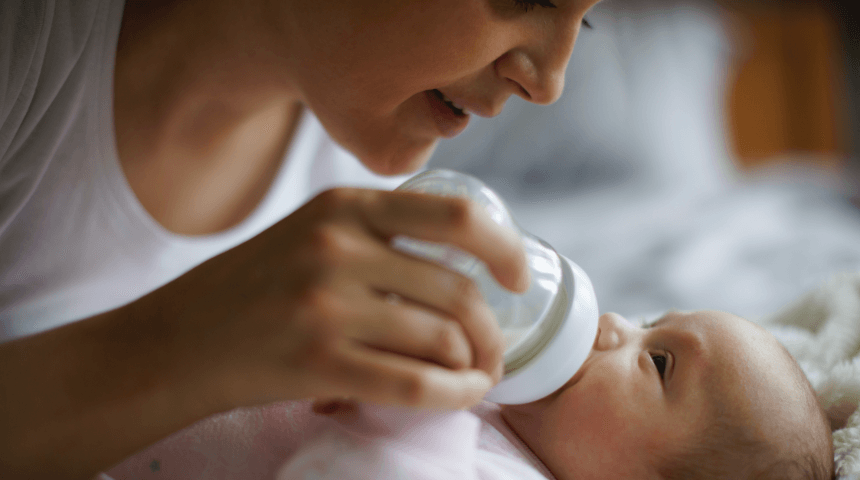Installing a car seat correctly isn’t easy, but installing it incorrectly could have dangerous — even deadly — consequences for your child.
Taking the time and care to get it right goes a long way toward ensuring your child stays as safe as possible if you get into a wreck.
Car Seats Save Lives
The statistics leave no room for argument about whether child restraints save lives.
The Centers for Disease Control and Prevention estimates that car seats reduce the risk of injury for kids by up to 82% when compared with children wearing just seat belts; booster seats for older kids reduces that risk by 45%. And Federal highway authorities say car seats reduce fatalities by 71% for infants and 54% for kids 1 to 4 years old.
Even though car seats save the lives of children, an improperly installed seat can dramatically reduce its effectiveness and, in some cases, even create new dangers for kids.
Car Seat Mistakes
Most car seats will come with detailed, and complicated, instructions on proper installation. But parents sometimes get it wrong, either by not reading the manuals or getting in a hurry.
Here are eight mistakes that parents and other caregivers often make with car seats:
- The seat isn’t secured tightly enough. This can be tough to do, but it’s essential for the car seat to function as designed. There should be no more than 1 inch of wiggle.
- The angle is off. In other words, the car seat is reclined too much or too little. The angle is especially important for the youngest babies. That’s because their heads are disproportionately large, and their neck muscles are still weak. If your baby is sitting too upright, a neck injury becomes more likely in a crash.
- Chest clip in the wrong spot. Sometimes it’s too close to the child’s neck, other times it’s down near the child’s stomach. The chest clip needs to be over bone, even with the child’s armpits, not over soft tissue where it could cause injury in a crash.
- Using too many anchors. Car seats are almost always designed to be secured with the vehicle’s lap belt or with the two lower anchors that clip into hooks built into the vehicle’s seats. Unless you buy a model designed otherwise, you should either use the belt or the anchors, not both. Don’t forget that forward-facing seats should also be secured with a top tether that clips into a hook behind the vehicle’s seat.
- Forward-facing too soon. Parents often are eager to turn their kids’ car seats from facing the rear to facing forward. Resist that temptation until your child is 2 years old, and longer if possible. Children are safer in crashes when their car seats are facing backward.
- Seat belts too soon. Similarly, you might be eager to dispense with car seats and booster seats altogether. But your child should remain in a booster seat until they’re 4 feet, 9 inches tall. For many kids, that may not be until they’re 10 or 12 years old. Remember the five-point test to determine if a child is ready for a seat belt:
- Does the child sit all the way back against the seat?
- Are the knees bent at the edge of the seat, with feet on the floor?
- Does the belt cross the shoulder at the collarbone?
- Does the belt lay flat against the upper thighs?
- Can the child remain in that position for an entire trip?
- Buying an old car seat. Just like a jar of mayonnaise, car seats have expiration dates. That’s usually six to 10 years. You can often find the expiration date stamped on the seat. If you can’t, check the manufacturer’s website for that model to see where the expiration date is on the seat. Even if the seat hasn’t expired, buying a used one is tricky because you may not know if it’s been in an accident, which can crack or weaken the car seat’s components.
- Buying off-brand car seats. Most car seats sold in the United States are required to meet federal safety standards. Never get a car seat unless it has a sticker certifying those standards are met. Cheap, uncertified knock-off car seats made in China are showing up on websites. Do not buy them.
Choose to Stay in Touch
Sign up to receive the latest health news and trends, wellness & prevention tips, and much more from Orlando Health.
Sign Up






